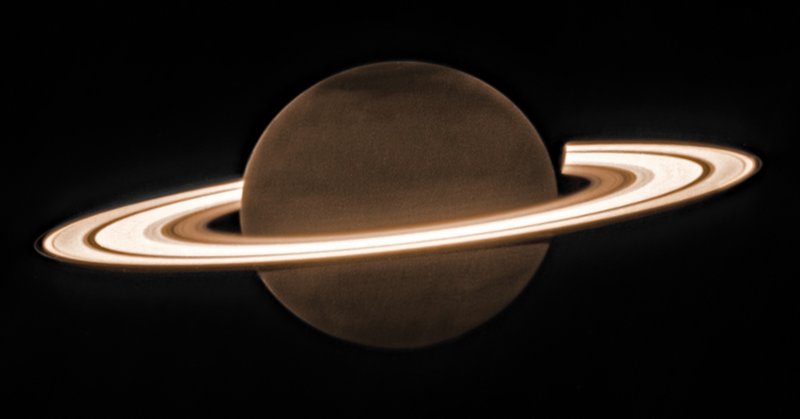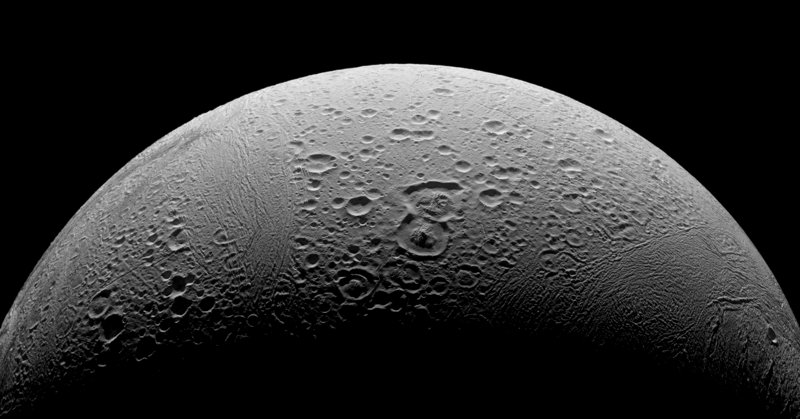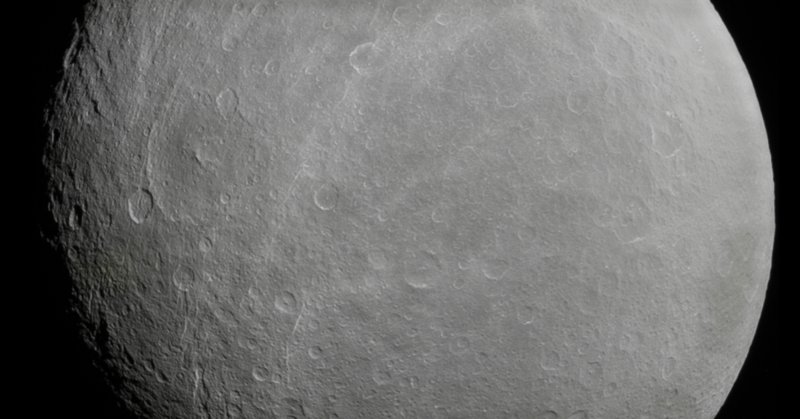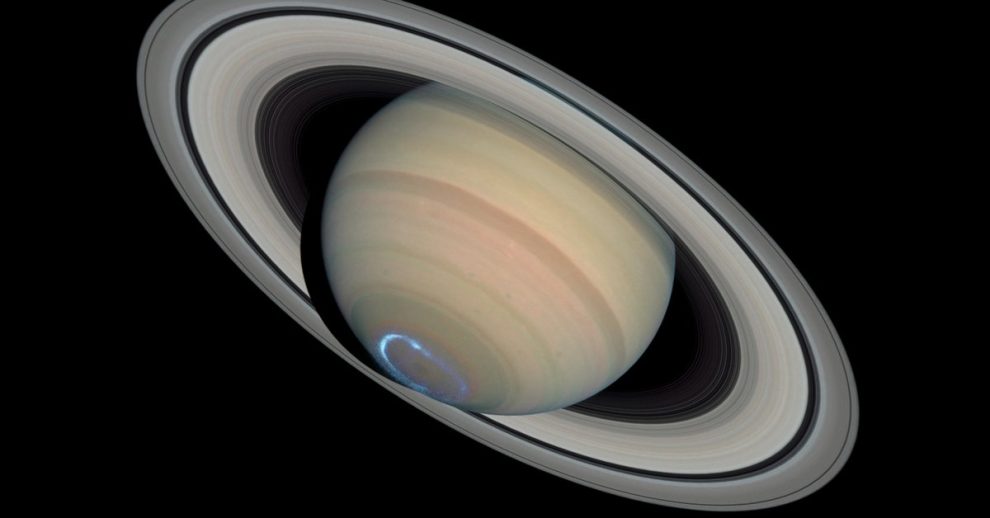Saturn isn’t just the planet with rings—it’s a cosmic marvel full of mysteries, extremes, and surprises. From its otherworldly moons to its complex weather systems and chemical wonders, Saturn has captivated scientists for centuries. As telescopes and probes have peeled back its layers, we’ve discovered a gas giant that defies expectations at every turn. Here are 25 fascinating facts about Saturn and its bizarre, beautiful neighborhood in space.
Saturn’s Rings: A Brief Spectacle

1. Saturn’s rings represent a fleeting cosmic event, lasting approximately 200 million years. Remarkably, we are currently about halfway through their lifespan, which means humans are fortunate to witness them. Their formation is so recent that even sharks predate Saturn’s rings. Eventually, the rings will either disperse into space or be drawn into Saturn by its gravitational pull.
2. The A and B rings of Saturn, the most visually striking, span hundreds of thousands of kilometers in width. However, they maintain a surprisingly thin profile, with thicknesses ranging from 5 to 15 meters for the A ring and 10 to 30 meters for the B ring. Interestingly, each ring possesses its own atmosphere, primarily composed of molecular oxygen.
3. As a gas giant, Saturn lacks a solid surface, consisting mostly of gases and liquids beneath its outer layers. A spacecraft attempting to land on Saturn would face insurmountable challenges. The planet’s extreme pressures and temperatures would vaporize any craft that tried to penetrate its dense atmosphere.
4. Saturn’s moon Titan exhibits remarkable geological activity, with its entire surface shifting several kilometers monthly, indicating a subsurface ocean of hydrocarbons. Titan hosts lakes, rivers, clouds, and fog composed of liquid methane. According to data from the Cassini mission, Titan’s surface organics exceed Earth’s oil reserves, containing hundreds of times more liquid hydrocarbons than all known oil and gas reserves on our planet.
5. On January 14, 2005, the Cassini spacecraft deployed the Huygens probe, marking the first successful landing on a surface in the outer solar system, specifically on Saturn’s moon, Titan. Huygens ventured through Titan’s dense atmosphere, unveiling a world with Earth-like features. Before receiving images from Huygens, scientists didn’t know whether the probe would land in a methane ocean, a tar pit, jagged rocks, or a ravine.
6. Saturn’s moon Titan boasts a dense atmosphere with a pressure of 1.5 atm and low gravity at 0.138 G. These conditions are so favorable to fly that if a person strapped wings to their arms, they could potentially fly through Titan’s skies with ease.
7. The geographical features of Saturn’s moon Titan have a deep connection to English literature. Its mountains are named after those in J.R.R. Tolkien’s works, while its plains bear names from the Dune universe.
8. When our Sun eventually transforms into a red giant, Saturn’s moon Titan might become warm enough to support life. This warming could create conditions similar to those that existed on early Earth, potentially allowing life to evolve for a limited duration of about a hundred million years.
9. On Titan, Saturn’s largest moon, raindrops are composed of liquid methane and are twice the size of Earth’s raindrops. These drops descend at a leisurely pace, akin to snowflakes, due to their methane composition and Titan’s atmospheric conditions.
10. The solar system’s largest lake, Kraken Mare, is not on Earth but on Saturn’s moon Titan. It covers an area slightly larger than Earth’s Caspian Sea, highlighting Titan’s vast and intriguing hydrocarbon seas.
Enceladus: A Potential Life Haven

11. Enceladus, Saturn’s sixth-largest moon, harbors a warm ocean with ongoing hydrothermal activity, marking the first such discovery outside Earth. Scientists theorize that life on Earth began near hydrothermal vents, making Enceladus a prime candidate for extraterrestrial life.
12. Saturn’s moon Enceladus features water geysers that shoot into space, only to fall back as snow on its surface. The James Webb Space Telescope captured an eruption of water vapor that extended 6,000 miles (9,500 km) into space. This was the largest spray of water ever observed in space.
13. Enceladus stands as the most reflective body in the solar system due to its clean ice, reflecting 90% of incoming light. This reflectivity essentially turns it into a giant mirror. The moon ejects water vapor and solid material at a rate of about 200 kilograms per second, contributing to the formation of Saturn’s E ring.
14. Mimas, one of Saturn’s moons, features a crater that makes it resemble the Death Star from Star Wars. Interestingly, the Death Star was designed before the massive crater on Mimas was visible, making the likeness purely coincidental. Additionally, Mimas exhibits a heat signature similar to Pac-Man.
15. Pan, a moon of Saturn, is uniquely shaped like a ravioli. This irregular form results from Pan capturing some of Saturn’s ring material.
16. Iapetus, Saturn’s third-largest moon, has a 12-mile (20 km) high ridge of mountains running almost perfectly along its equator, dividing it into a bright and a dark side. When Voyager 1 first photographed Iapetus, it noticed a distinct black spot at the center. Carl Sagan humorously sent this image to Arthur C. Clarke, author of “2001: A Space Odyssey,” with the note, “Thinking of you…”
17. Saturn’s north pole hosts a rotating hexagonal cloud formation, first discovered in the 1980s, which remains unexplained. This massive storm can fit up to four Earths inside it and produces an aurora. We only observed it in the recent decade when Saturn’s axis tilted towards the Sun.
18. As hydrogen descends toward Saturn’s core, it becomes so dense that it turns into metal.
19. While Earth is the densest planet in the solar system, Saturn is the least dense as a whole, with a density lower than water. This means Saturn could theoretically float in a giant pool, if one existed.
20. Saturn radiates 2.5 times more energy into space than it receives from the Sun. This excess energy emission is due to the planet’s internal heat and contributes to its dynamic atmosphere.
Rhea’s Potential for Future Exploration

21. Rhea, one of Saturn’s moons, exhibits signs of a breathable atmosphere, making it a promising candidate for future space missions. Scientists consider it a potential site for an oxygen and water refill station. With its unique atmospheric composition, Rhea could play a crucial role in supporting extended human exploration of the outer solar system.
22. As of June 2025, Saturn boasts 274 moons in its orbit. These moons vary greatly in size, from larger than Mercury to as small as a sports arena. Remarkably, two moons, Epimetheus and Janus, have orbits separated by just 50 kilometers. Despite this proximity, they avoid collision by swapping orbits every four years.
23. At the conclusion of its mission, NASA deliberately directed the Cassini spacecraft to burn up in Saturn’s atmosphere. This decision aimed to prevent contamination of Saturn’s moons, preserving their potential for future habitability studies. Cassini was nuclear-powered, and a crash on Earth could have exposed up to 5 billion people to its 73 pounds of plutonium.
24. The Grand Tack Hypothesis suggests that Jupiter originally formed at 3.5 astronomical units (AU) from the Sun. It then migrated inward to 1.5 AU before reversing course. This reversal occurred due to an orbital resonance with Saturn, eventually stabilizing Jupiter near its current orbit. This migration played a significant role in shaping the solar system’s structure.
25. Saturn and Jupiter, the largest planets in our solar system, experience a fascinating meteorological phenomenon: diamond rain. These gas giants have extreme atmospheric conditions, including intense thunderstorms and lightning. Under these conditions, carbon atoms compress into diamond crystals, producing over 1,000 tons of diamonds annually.











Add Comment